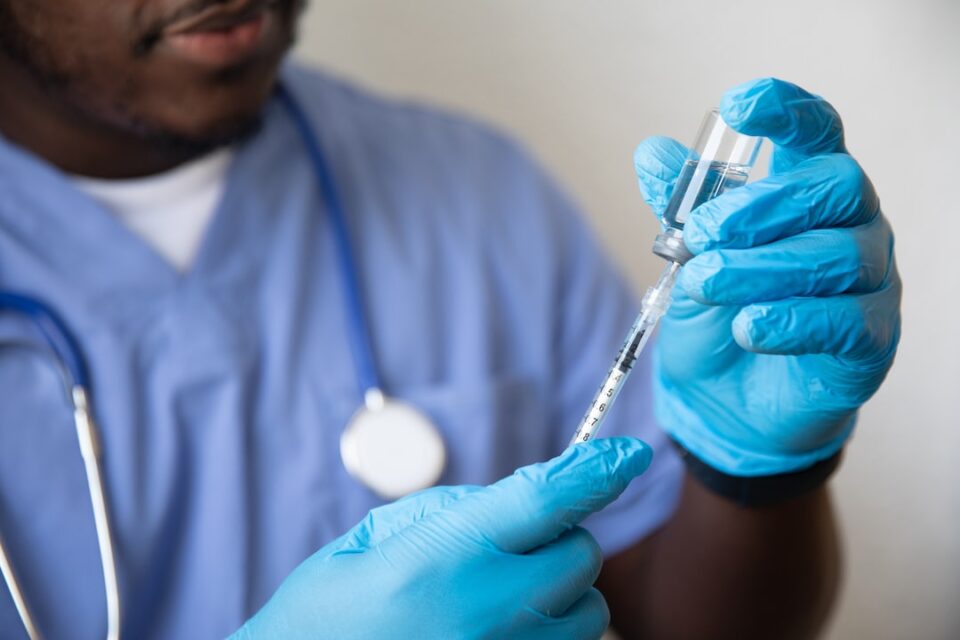Drones for Conservation: How Aerial Surveys are Helping Protect Endangered Species and Their Habitats
In the world of conservation, technology is playing an increasingly vital role in protecting our planet’s endangered species and their habitats. One such technology that is revolutionizing the way we survey and monitor these species is the use of drones, particularly in areas like Hamburg where the keyword “luftbildaufnahmen hamburg” comes into play.
Drones, also known as unmanned aerial vehicles (UAVs), provide conservationists and researchers with a powerful tool for collecting data and conducting aerial surveys. These small, lightweight aircraft can reach remote and inaccessible locations, allowing conservationists to obtain valuable information about endangered species and their habitats that would otherwise be impossible to gather.
One of the most significant advantages of using drones for conservation is their ability to capture high-resolution aerial photographs, often referred to as “luftbildaufnahmen”. These images provide a comprehensive view of the entire landscape, allowing researchers to accurately assess the state of the ecosystem and track changes over time. In Hamburg, the use of luftbildaufnahmen is particularly crucial in monitoring the health of the region’s diverse wildlife.
Drones equipped with specialized cameras can capture images that provide a wealth of information about the habitat and its inhabitants. For instance, researchers can identify and map the distribution of endangered species, monitor their population trends, and even detect signs of poaching or illegal activities. These crucial insights derived from luftbildaufnahmen play a vital role in designing conservation strategies, allocating resources effectively, and mitigating potential threats to endangered species and their habitats.
Another significant advantage of using drones is their ability to monitor wildlife without disturbing or stressing the animals. Traditional survey methods, such as helicopter or ground-based surveys, can cause significant disruptions to sensitive ecosystems and potentially alter the behavior of the species being studied. In contrast, drones fly at a higher altitude and emit minimal noise, allowing researchers to observe animals from a safe distance without causing unnecessary distress.
Moreover, drones equipped with thermal or infrared cameras can provide valuable information about the health and well-being of wildlife. These cameras can detect changes in body temperature, enabling researchers to identify sick or injured animals that may require immediate attention or intervention. In this way, the use of drones contributes to the early detection and response to potential threats, further enhancing conservation efforts.
In conclusion, the use of drones for conservation, especially in areas like Hamburg, where “luftbildaufnahmen” is essential, offers incredible potential to protect endangered species and their habitats. These small and versatile aircraft enable researchers and conservationists to collect valuable data, conduct aerial surveys, monitor the health of ecosystems, and detect potential threats. Continued advancements in drone technology and its application in conservation will undoubtedly contribute to more effective and efficient strategies in safeguarding our planet’s biodiversity.
Publisher Details:
drohnen-blick.de
https://www.drohnen-blick.de/
Experience the world from a whole new perspective. Discover the breathtaking views captured by our advanced drones. Embark on a visual journey like never before with drohnen-blick.de – where every frame tells a mesmerizing story.

